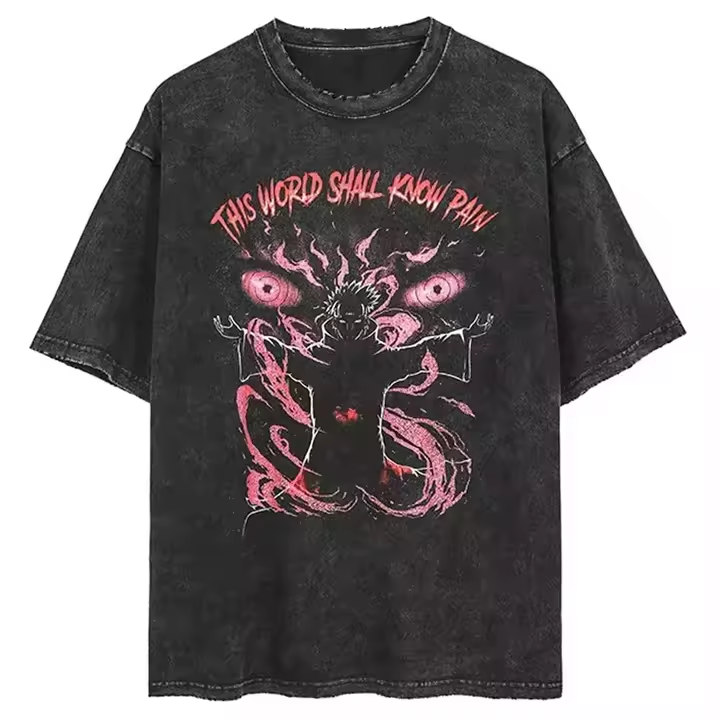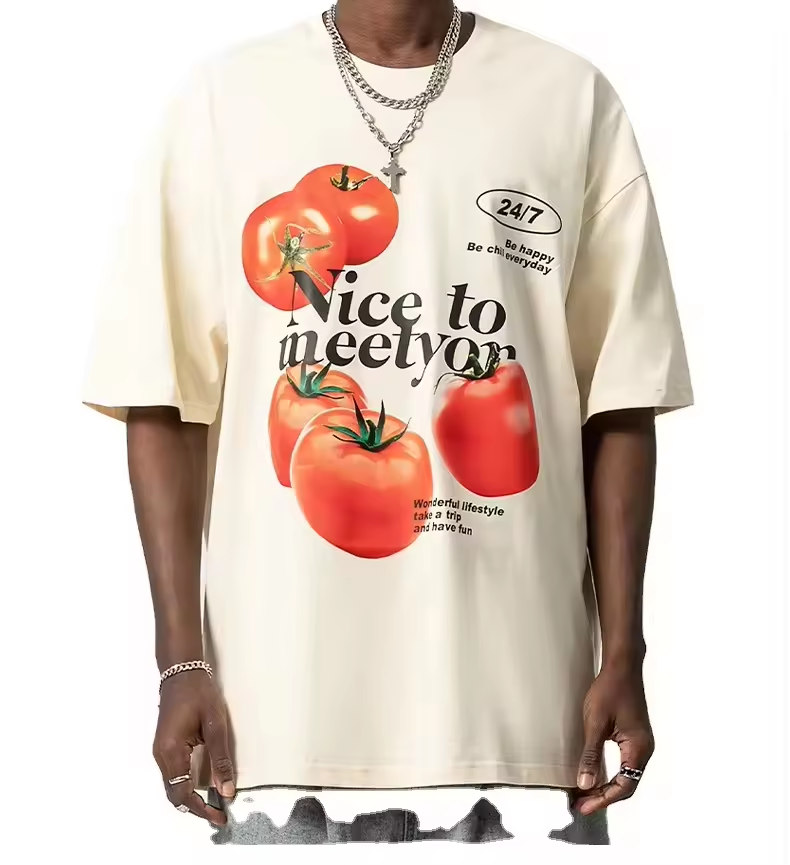In the dynamic environment of the garment foreign trade industry, custom T-shirts have become a versatile and popular part. With the ability to cater to individual tastes and preferences, these personalized garments have captured the attention of consumers worldwide. Choosing the right print for your custom T-shirt design is key to ensuring its appeal and marketability. Here's a comprehensive guide to navigating the complexities of choosing a suitable print:
1. Understand printing technology—Custom T-shirts: How to choose the right print for your design
Screen printing: Screen printing is known for its durability and vivid colors, which transfer ink through a screen to the fabric. It is ideal for bold colors and lots of designs. A wide range of designs offering bright colors, durability and versatility. Limitations of setup costs and color gradients compared to digital printing.
Screen printing is known for its durability, and screen printed patterns can withstand multiple washes without fading or peeling. This makes it an ideal material for long term T-shirts.

Digital printing: Also known as direct-to-garment (DTG) printing, this method uses specialized inkjet technology to print a pattern directly onto the fabric. It is suitable for complex designs and smaller batches. Full color printing, no setup costs, perfect for complex designs and smaller quantities. Certain fabrics have limited durability and higher unit costs compared to screen printing for large orders.
While DTG prints are vibrant and detailed, their durability depends on the quality of the ink and fabric. Proper care guidance is essential to maintaining the integrity of printed matter over time.

Thermal transfer: This technique involves the use of heat and pressure to transfer the pattern onto the T-shirt. It is versatile and allows full-color printing, making it suitable for small orders and fine detail designs.

2. Consider design complexity—Custom T-shirts: How to choose the right print for your design
The complexity of the design plays an important role in determining the right printing technology:
Simple patterns: Patterns with few colors and simple shapes are suitable for screen printing. This method ensures clarity and durability, making it the first choice for bulk orders.
Intricate designs: Intricate patterns, gradients and detailed artwork are best reproduced using digital printing. DTG technology excels at accurately capturing minute details and color changes.
3. Fabric type and print compatibility—Custom T-shirts: How to choose the right print for your design
Cotton: Because of its softness and breathability, cotton is the most commonly used fabric for T-shirts. It is compatible with all printing technologies, and screen printing is particularly effective for cotton due to its absorbency.
Polyester blends: Fabrics containing polyester or other synthetic fibers may require special consideration. Digital printing and thermal transfer methods are often recommended for polyester blends to ensure color vitality and adhesion.
4. Budget and quantity considerations—Custom T-shirts: How to choose the right print for your design
Economies of scale: Screen printing is more cost-effective in the case of larger orders due to its installation-intensive nature. It is ideal for mass production and offers competitive prices for large volume orders.
Small batch orders: Digital printing and thermal transfer methods are suitable for small batch orders as they do not require significant setup costs. These methods provide flexibility and fast turnaround times for limited operations.
Post time: Jul-10-2024



